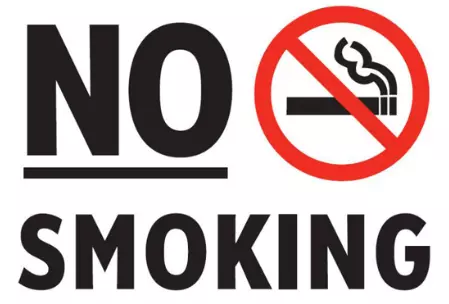Curious Case for Japanese Cessation: Learnings for a Viksit Bharat
Cigarette sales halved (52%); use of alternatives transform public health

Japan's shift to heated tobacco products (HTPs) offers valuable lessons for India’s public health vision, as alternatives significantly cut smoking rates. (Image by arrangement
Public health is one in a broad spectrum of key areas that need to be focused to aim for Viksit Bharat. The harms of smoking and its economic impact has been well established. As in most high-income countries, smoking rates in Japan have been falling in recent decades, but the introduction of alternatives, coupled with a favorable legislative climate, has accelerated that decline. Over the last 10 years, millions of Japanese adults who smoke have started to use HTPs, leading to a globally unprecedented 52% fall in cigarette sales.
An annual, cross-sectional nationwide survey on smoking in Japan shows smoking rates for men peaked in 1970, when 79% of those aged 20-29 years old smoked. The highest rates for women came in 2000, when 23% of 20–29-year-olds smoked. The combustion of tobacco releases nicotine and a cocktail of harmful chemicals in smoke, which is inhaled by the user.
By contrast, alternatives like heated tobacco products (HTP) heat sticks of tobacco to a temperature of no more than 350°C. Heating tobacco to this level causes nicotine to be released as a vapour without combustion. This means the level of toxic chemicals in the resulting vapour is much lower than in cigarette smoke.
A Cochrane Review on HTP found “there was moderate‐certainty evidence that heated tobacco users have lower exposure to toxicants/carcinogens than cigarette smokers”. This systematic review included only randomised controlled trials.
Japan presented a unique opportunity for the manufacturers of HTP. While smoking rates had been falling steadily for some time when HTP arrived, 29.7% of men and 9.7% of women were still smoking in 2016. This meant there was potential to switch away from smoking to a safer nicotine. With e-cigarettes effectively banned in Japan, there were no other alternatives available.
There were also a range of societal and cultural factors that meant HTP might prove successful in the country. Japanese people are keen adopters of new technologies. They are also motivated by a desire to reduce their impact on their fellow citizens, while maintaining high standards of hygiene. It was therefore reasonably likely they would want to try out a new electronic gadget which produced neither the smoke associated with combustible cigarettes, nor the smell or ash.
The rise in the use of heated tobacco products in Japan has been significant and rapid. By February 2018, just two years after they had become available across the whole of the country, one study found there were 5.23 million HTP users in Japan. This figure equated to one in four of all Japanese tobacco users and meant 8.3% of men (4.21 million) and 1.9% of women (1.02 million) in the country were HTP consumers. In comparison, 22% of men and 7.5% of women were current cigarette smokers that year (down from 29.7% of men and 9.7% of women in 2016). By 2022, the number of HTP users had more than doubled, with 17.9% of men and 6% of women using the safer nicotine alternative.
As previously noted, smoking rates had been falling for a number of years in Japan, but the speed of this decline accelerated after the introduction of HTP. The reduction in cigarette sales between 2016–2019 was five times greater than the drop between 2011–2015.
Similar trends have been witnessed in other countries as well. Sweden continues to reap the health dividend with a 41% lower cancer rates compared to their European counterparts owing to it recognizing nicotine alternatives. With a 5.6% smoking rate, they continue to adopt policies to lower duties on these alternatives. Poland has recently brought in a legislative proposal that defines HTPs an acceptable tobacco product that would be regulated in the country.
Russia, under its national healthcare project ‘Long and Active Life’ is looking to promote a shift for smokers to less harmful alternatives. If 100,000 adult males and equal number of females switch to nicotine alternative, the country could prevent an economic loss of 14 billion rubles annually.
( Source : Deccan Chronicle )
Next Story

